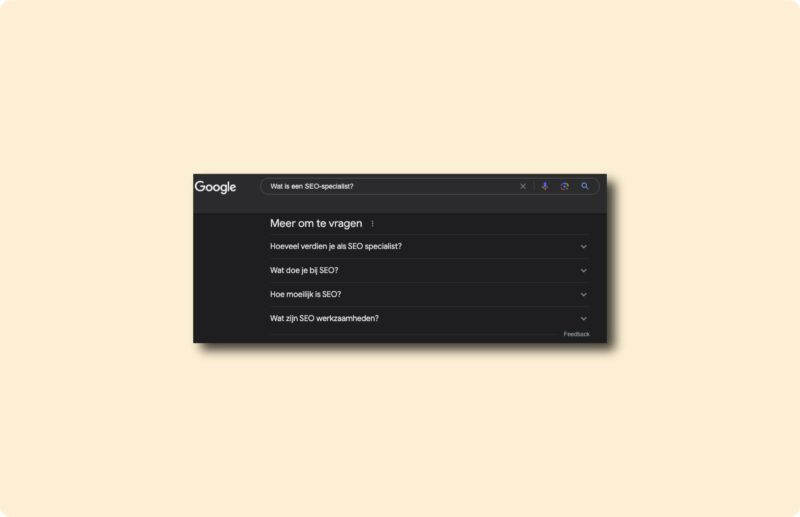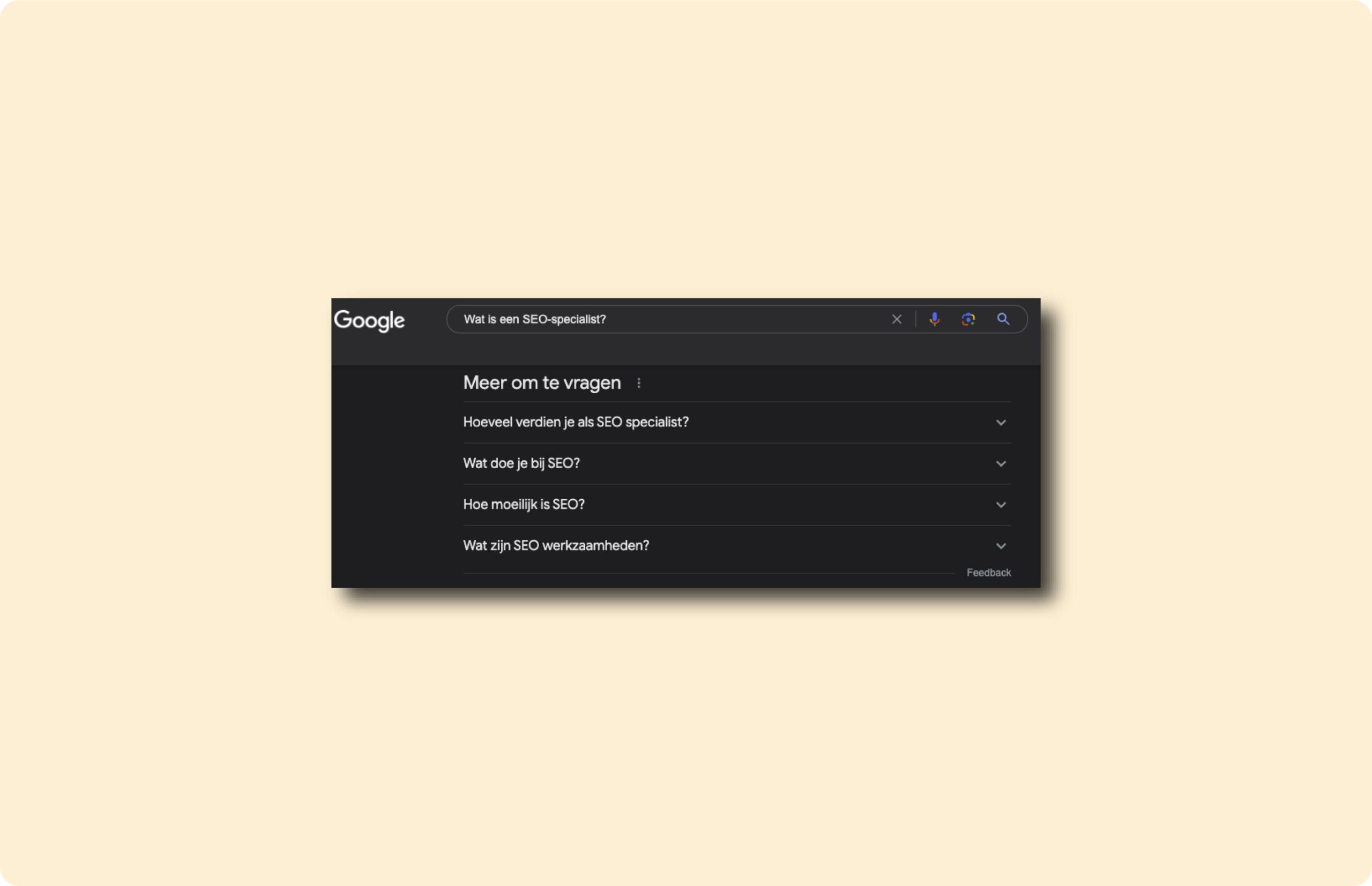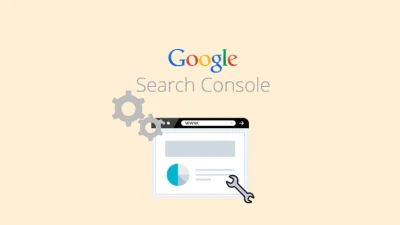All about “People Also Ask” in Google search results

In the dynamic world of search engine optimization (SEO), “people ask too” (PAA) is a crucial function that SEO specialists and marketers cannot ignore. This feature provides users with instant answers to related questions often asked around their original search. This article dives deep into how PAA works, its importance to SEO, and how you can use it to increase your online visibility.
What is “people ask too”?
When you enter a search in Google, you often see a box titled “People Also Ask” appear among the search results. This box contains a list of related questions that other users have asked. When clicking on a question, Google opens a short answer, often accompanied by a link to the website where the answer can be found. In this case, I’m talking about the section of the SERP below.

The big disadvantage of this section is that if your organization does not appear in it and only appears below it, then your average CTR will be a lot lower than if you are just above it or do appear in this section of the SERP.
The importance of PAA for SEO
The PAA feature provides a unique opportunity for websites to increase their reach and gain more visibility in search results. By appearing in PAA, your website can be considered an authority in your field, leading to more clicks and traffic. In addition, it helps answer users’ specific questions, which improves the user experience and increases the likelihood that visitors will stay on your site longer.
How do you optimize for PAA?
To optimize for the People Also Ask section, the most important thing is to have the right content for these questions. What I do in the early stages is take a good look at what frequently asked questions are showing up on the SERP and how I can best answer these questions with the content on the website (i.e. really add appropriate FAQs at the landing page level – often in the content or at the bottom of the page).
1. Understand your audience
Start by thoroughly researching the questions your target audience is asking. Use tools such as Google Keyword Planner, AnswerThePublic, and also Google’s own PAA section to find relevant queries.
2. Create content that answers questions
Once you have a list of relevant questions, create detailed and informative content that answers those questions. Make sure your content is clear, concise and directly related to the questions.
3. Use question and answer formats
Structuring your content in a question-and-answer format can help signal to Google that your content provides a direct answer to user questions. This can increase the chances of your content being included in PAA.
4. Optimize for featured snippets
Content displayed in PAA often qualifies for featured snippets as well. Be sure to follow best practices for optimizing for featured snippets, such as using bullet points, lists, and answering questions in the first paragraphs of your content.
Conclusion
“People Also Ask” is more than a convenient feature for users; it is a golden opportunity for SEO specialists and marketers to increase the visibility and reach of their website. By carefully researching your target audience’s questions and creating content that answers them, you can increase the likelihood that your content will be included in this valuable section of Google’s search results.






